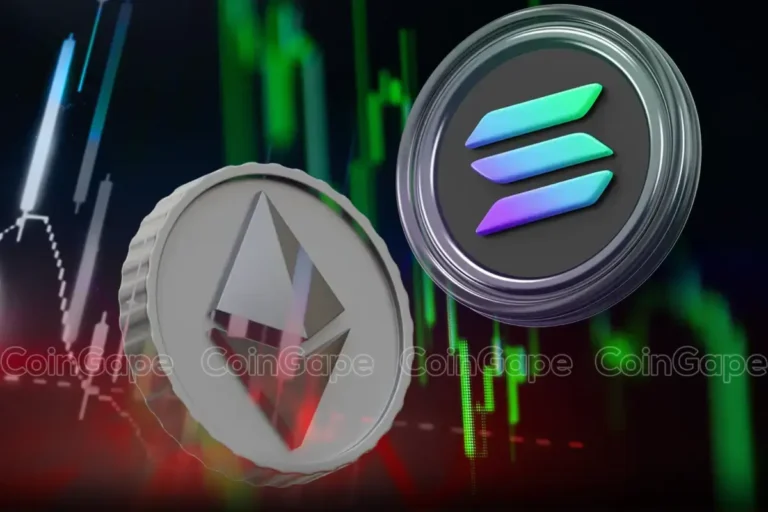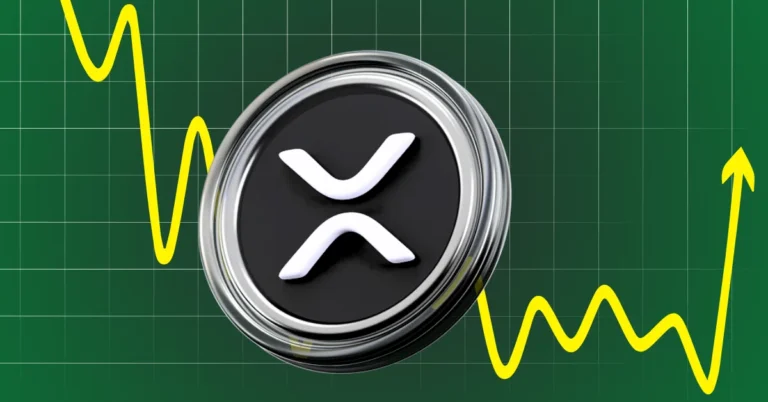Polkadot: Here are key Developments- DOT Surge Coming ?

- Polkadot is taking a grand leap forward, and hitting a historical turning point that could send DOT to top spots in the crypto leaderboard.
- In completion of all the sections, the first five winning projects will be simultaneously onboarded to Polkadot on December 15th.
In May, there was a rollout of the Polkadot launch roadmap to kick off, along with the first chapter of “Polkadot: Behind the Code,” retallying how Polkadot enthusiasts got there. Polkadot modernized into a Nominated proof of stake network. NPS network became the first uncommissioned network, and later a transferable token by decentralized vote.
During Nominated Proof of Stake, the network ran with a decentralized set of verifiers. During this episode, Web3 Foundation used Sudo to increase the number of validators in the section. The Web3 Foundation nurtures and stewards technologies
Following the smooth launch, Polkadot has steadily increased the size of its validator set, beginning at 197just after launch and increasing by one each 24-hour period. 274 validators are run by 200 independent operators and backed by over 7,000 individual nominating accounts. Polkadot is definitely the most decentralized high-value (and therefore secure) network in existence.
Before being enabled by Polkadot’s network governance, parachains were put to test and optimized both on parachain testnets and on Kusama. Once the code had been fully tested, audited, and benchmarked, and parachains were running smoothly on Kusama, Polkadot governance enabled parachains and began parachain slot lease auctions.
With parachains live on Polkadot, the network’s launch was officially complete. How the network evolves from its initial vision and design is now up to the network’s on-chain governance community.
Several post-launch upgrades to Polkadot have been under development, including the release of XCM, Polkadot’s cross-consensus communication standard, upgrades to XCMP (cross-chain message passing protocol), governance improvements, and the launch of para threads.
Polkadot roadmap update ⬇️
‘We estimate that this update will bring the TPS capacity of the network in aggregate to between 100,000 and 1,000,000, without affecting the security guarantees made by the network’.https://t.co/4MdPYNqaIy$DOT #PolkadotRoundup
— Operation Crypto (@OpCryptoUK) September 27, 2022
XCM is a worldwide language used for cross-chain communications that can be used inside or outside the Polkadot ecosystem. Combined with the transport protocol XCMP-Lite (aka HRMP) or other future transport protocols, it can be used to communicate securely.
Weights are mechanisms used in substrate transactions and actions are measured against block capacity. The work on Weights V2 establishes a notion of multi-dimensional weights, which measure not only execution time but also the amount of state accessed by a particular operation.
Governance V2 exhibits the ability of Polkadot’s on-chain governance mechanisms to upgrade themselves, in what we refer to as the ‘meta-protocol’.
Parity’s bridges team has been working on a Polkadot Kusama bridge for a while now and is preparing to begin the launch process. Several other teams in the ecosystem also have bridge protocols, like Snowfork and Centrifuge. The Common Good Parachains team will work on launching parachains on both Kusama and Polkadot to serve as bridge hubs to each network.
















+ There are no comments
Add yours